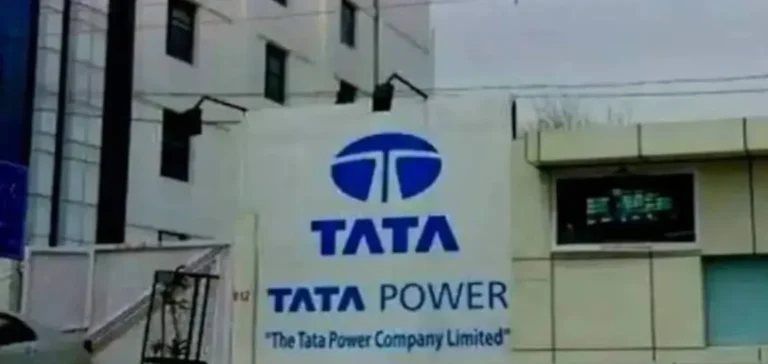Tata Power plans to build a new manufacturing unit with a capacity of up to 10 GW for solar ingots and wafers, addressing the most China-dependent link in India’s photovoltaic value chain. This project complements its existing setup, which already holds a 4 to 5 GW capacity for cells and modules, with a final investment decision expected within two months.
A project aligned with India’s industrial policy
The initiative aligns with India’s import substitution strategy, notably through the Performance Linked Incentive (PLI) scheme, the Approved List of Models and Manufacturers (ALMM), and future mandates requiring local cell usage from June 2026. The goal is to establish a complete value chain, reduce exposure to Sino-Western trade tensions, and better trace the origin of components, especially for exports to the United States.
With this new capacity, Tata Power would surpass Adani’s 2 GW ingot/wafer installation, intensifying the competition among Indian conglomerates for control over strategic segments of the solar supply chain. The company aims to position itself as an integrated player mastering the full production cycle.
Financial incentives and regulatory arbitrage
The project is expected to benefit from PLI subsidies, whose first two tranches have already allocated around 48 GW of modules under partial or full integration requirements. The scheduled adjustment of customs duties on cells and modules in 2025 will further influence the economics between imports and local production. Additionally, a mandate requiring locally manufactured cells in renewable projects will come into effect from June 2026.
Impact on costs, value chain and exports
Upstream integration would allow Tata Power to cut logistics costs, mitigate currency fluctuation risks, and stabilise delivery timelines. This strategy could lead to a gradual decline in domestic module prices by 2026–2028 and improve margins through better price cycle absorption.
The announcement comes as trade barriers tighten for Asian-made modules entering the US market. By integrating the wafer segment, Tata Power aims to enhance traceability and ensure origin compliance with Western import standards. The project’s success will depend on technology choices (type of silicon, P-type or N-type architectures) and access to polysilicon feedstock.
Market effects and local competition
Tata Power’s investment may trigger a new wave of upstream projects among Indian manufacturers, particularly in slicing, texturing, and doping—segments still underdeveloped domestically. Reliance and Adani are already positioned in these areas and may respond with similar announcements to preserve their competitive edge.
On the demand side, power producers will need to secure locally made cells and modules from 2026 to remain eligible for public tenders. This change strengthens the appeal of a fully integrated player like Tata Power in the B2B segment and for large-scale project developers.






















